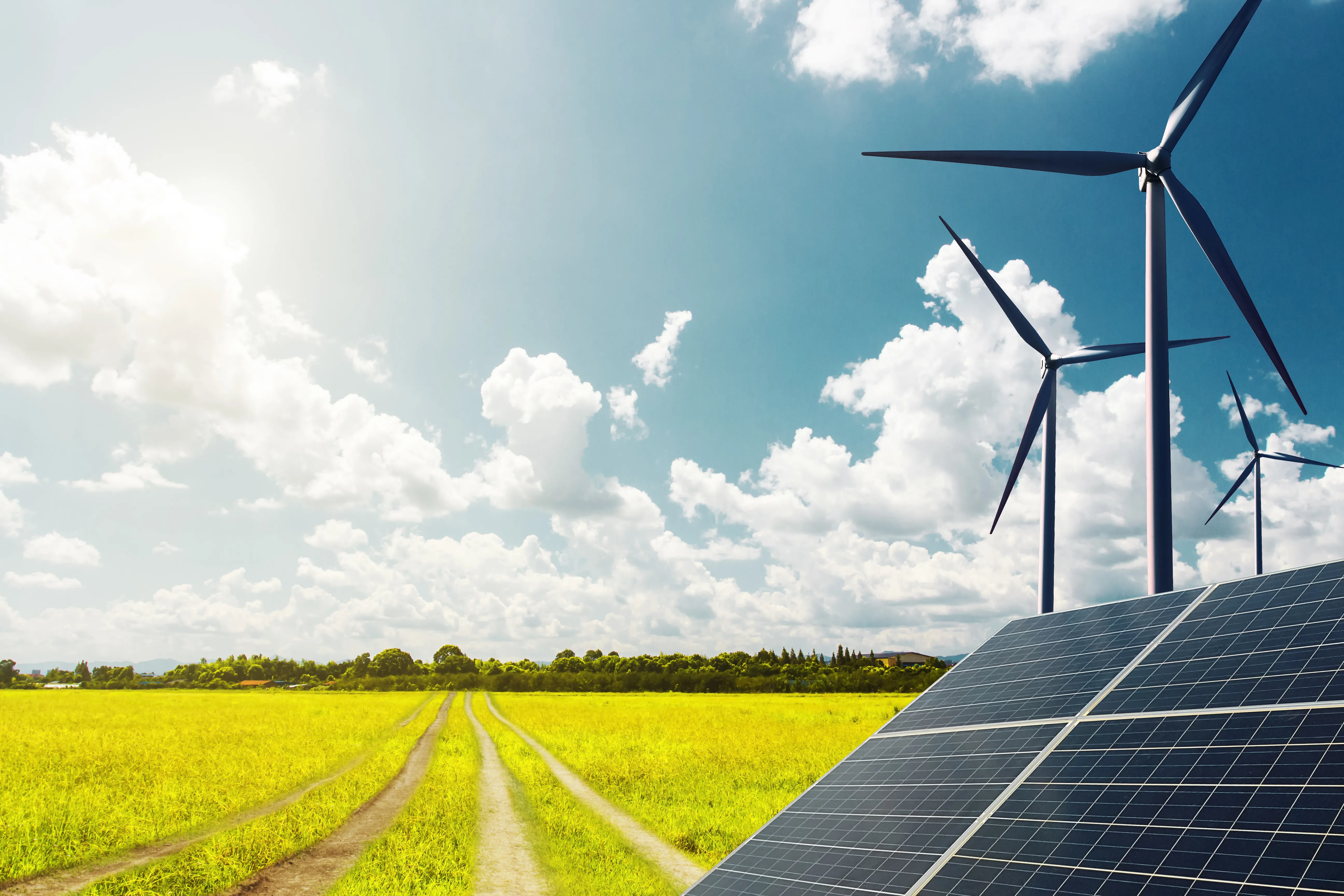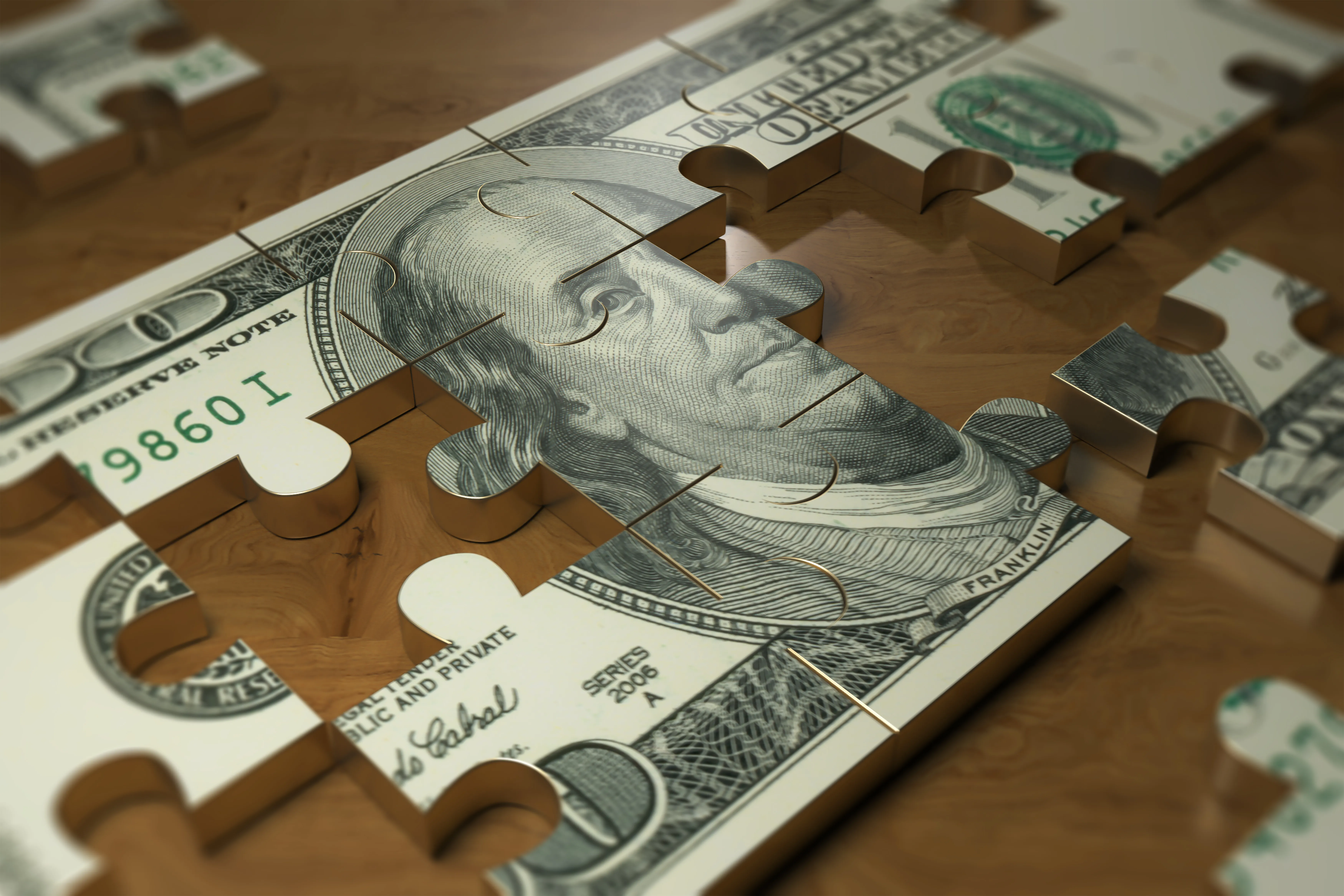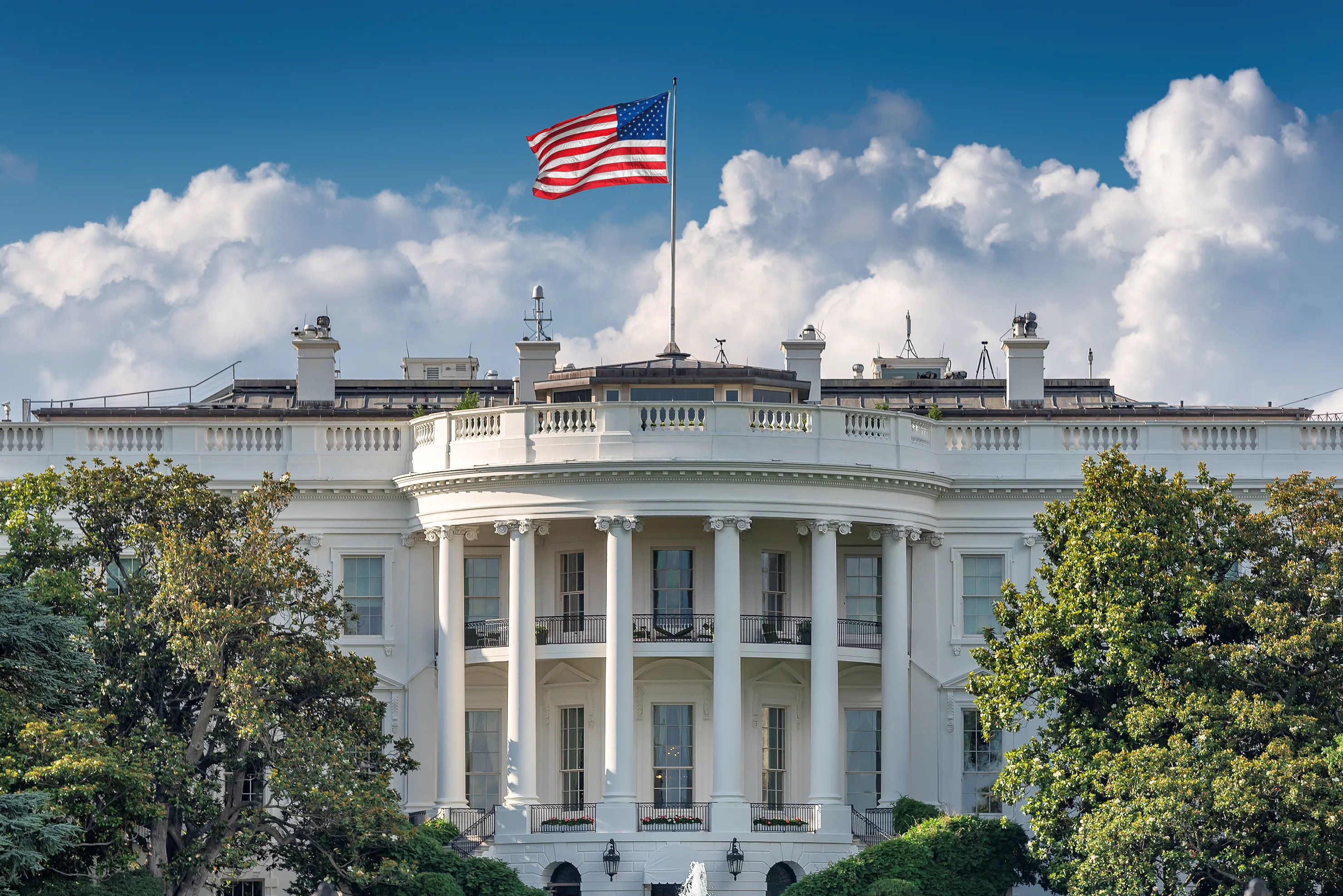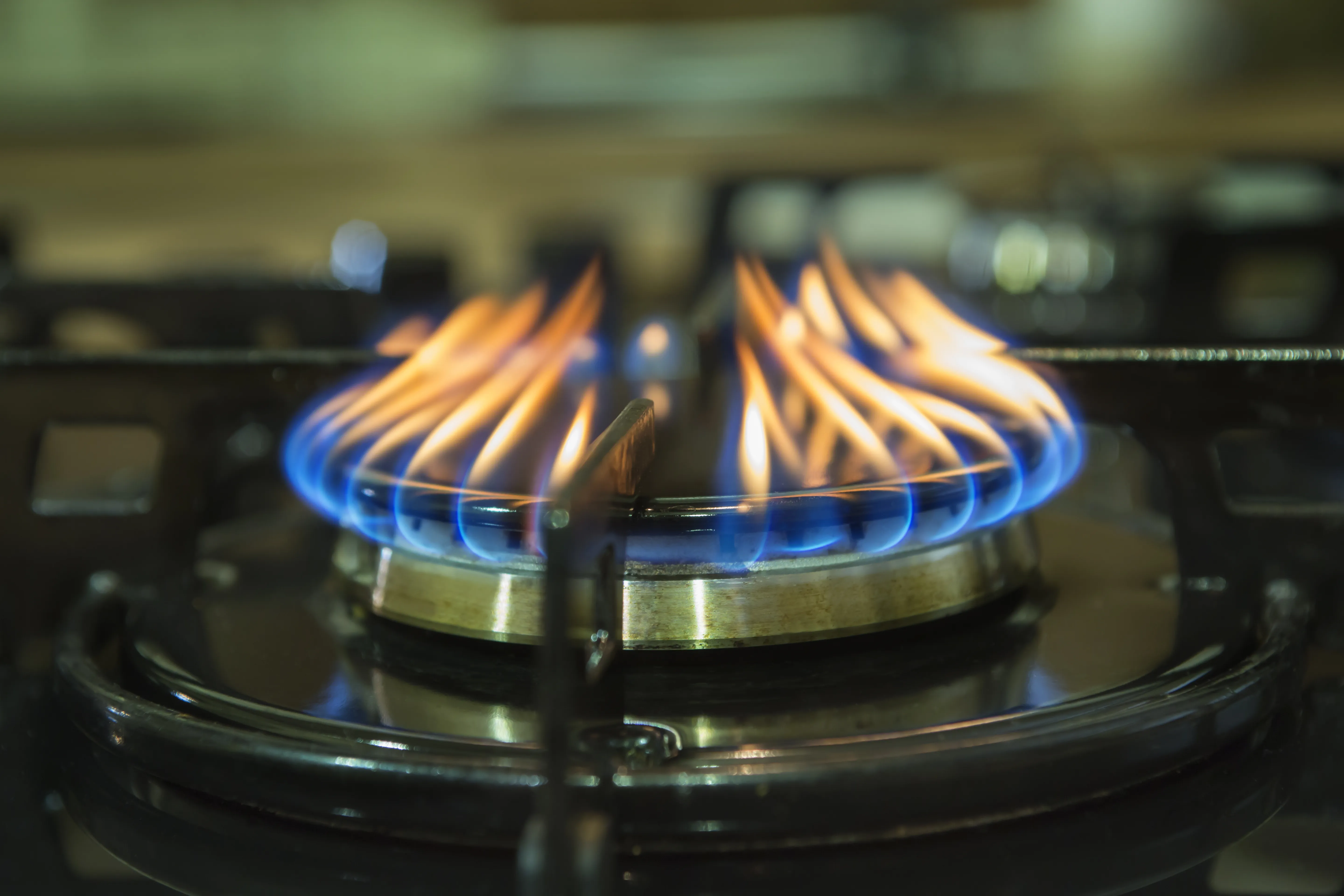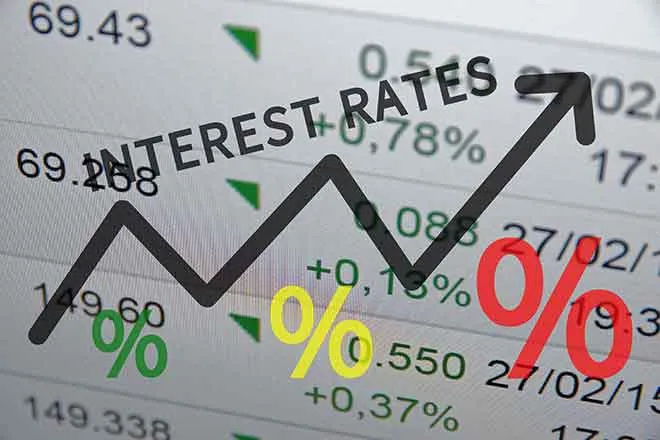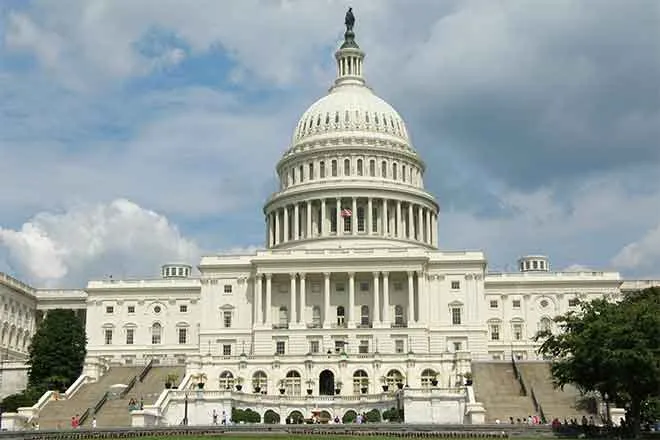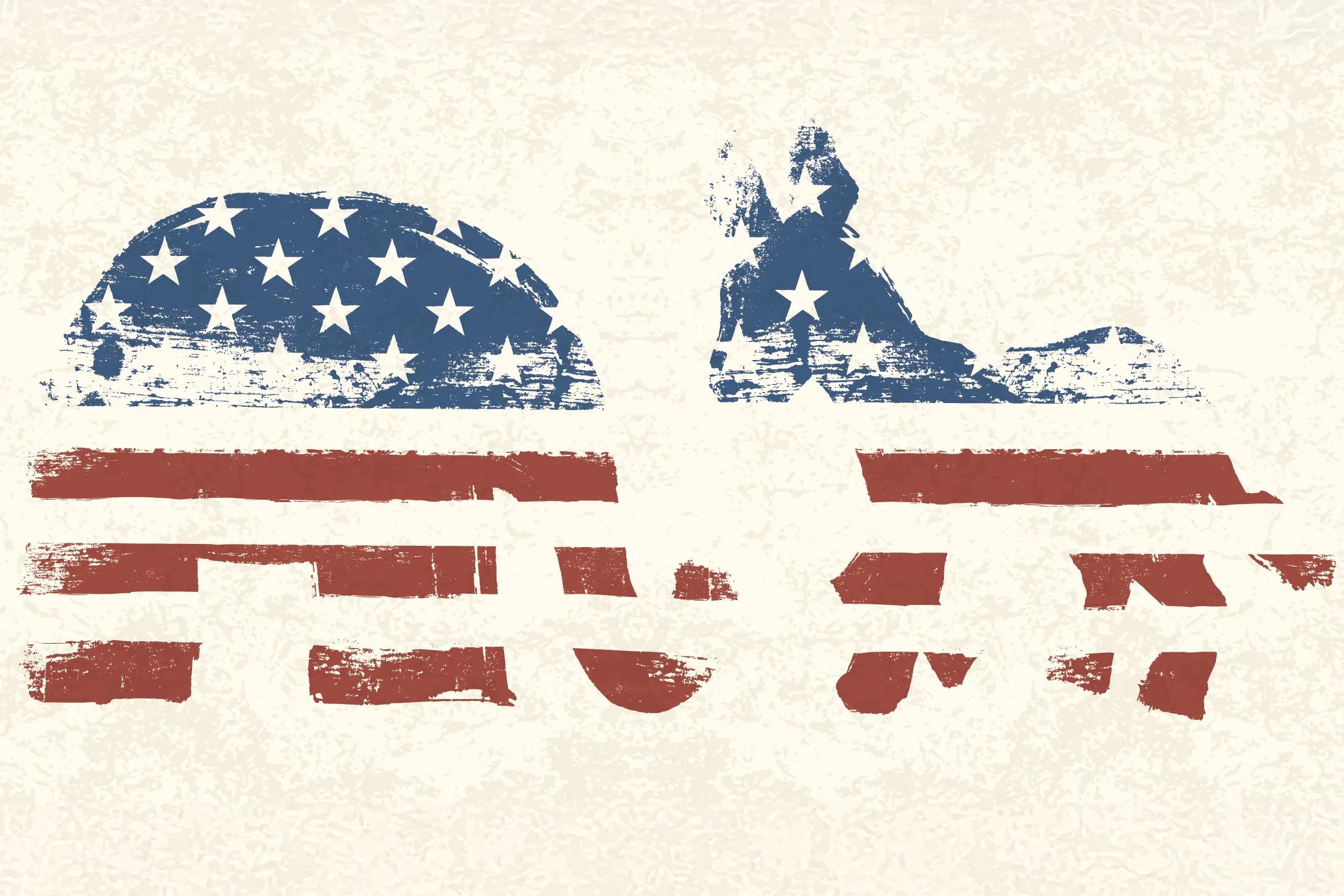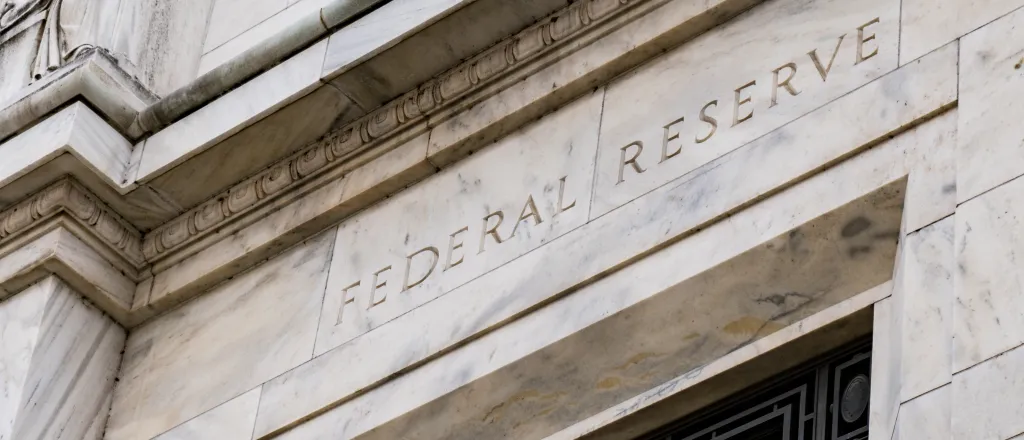
Worst bank turmoil since 2008 means Federal Reserve is damned if it does and damned if it doesn’t in decision over interest rates
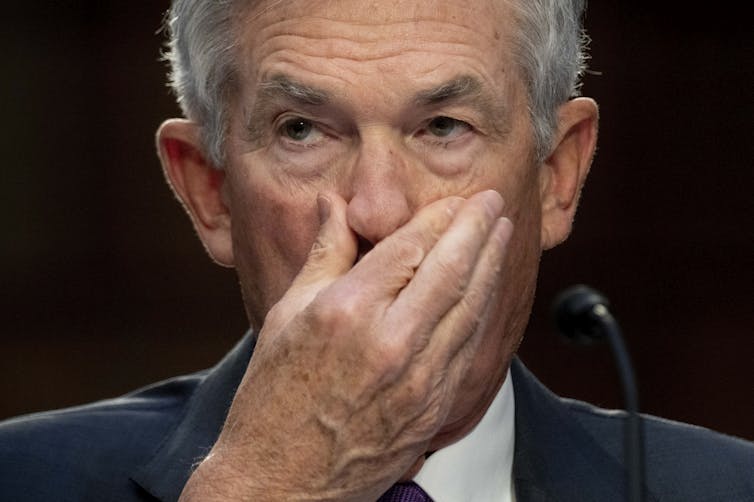
Alexander Kurov, West Virginia University
The Federal Reserve faces a pivotal decision on March 22, 2023: whether to continue its aggressive fight against inflation or put it on hold.
Making another big interest rate hike would risk exacerbating the global banking turmoil sparked by Silicon Valley Bank’s failure on March 10. Raising rates too little, or not at all as some are calling for, could not only lead to a resurgence in inflation, but it could cause investors to worry that the Fed believes the situation is even worse than they thought – resulting in more panic.
What’s a central banker to do?
As a finance scholar, I have studied the close link between Fed policy and financial markets. Let me just say I would not want to be a Fed policymaker right now.
Break it, you bought it
When the Fed starts hiking rates, it typically keeps at it until something breaks.
The U.S. central bank began its rate-hiking campaign early last year as inflation began to surge. After initially mistakenly calling inflation “transitory,” the Fed kicked into high gear and raised rates eight times from just 0.25% in early 2022 to 4.75% in February 2023. This is the fastest pace of rate increases since the early 1980s – and the Fed is not done yet.
Consumer prices were up 6% in February from a year earlier. While that’s down from a peak annual rate of 9% in June 2022, it’s still significantly above the Fed’s 2% inflation target.
But then something broke. Seemingly out of nowhere, Silicon Valley Bank, followed by Signature Bank, collapsed virtually overnight. They had over US$300 billion in assets between them and became the second- and third-largest banks to fail in U.S. history.
Panic quickly spread to other regional lenders, such as First Republic, and upset markets globally, raising the prospect of even bigger and more widespread bank failures. Even a $30 billion rescue of First Republic by its much larger peers, including JPMorgan Chase and Bank of America, failed to stem the growing unease.
If the Fed lifts interest rates more than markets expect – currently a 0.25 percentage point increase – it could prompt further anxiety. My research shows that interest rate changes have a much bigger effect on the stock market in bear markets – when there’s a prolonged decline in stock prices, as the U.S. is experiencing now – than in good times.
Making the SVB problem worse
What’s more, the Fed could make the problem that led to Silicon Valley Bank’s troubles even worse for other banks. That’s because the Fed is at least indirectly responsible for what happened.
Banks finance themselves mainly by taking in deposits. They then use those essentially short-term deposits to lend or make investments for longer terms at higher rates. But investing short-term deposits in longer-term securities – even ultra-safe U.S. Treasurys – creates what is known as interest rate risk.
That is, when interest rates go up, as they did throughout 2022, the values of existing bonds drop. SVB was forced to sell $21 billion worth of securities that lost value because of the Fed’s rate hikes at a loss of $1.8 billion, sparking its crisis. When SVB’s depositors got the wind of it and tried to withdraw $42 billion on March 9 alone – a classic bank run – it was over. The bank simply couldn’t meet the demands.
But the entire banking sector is sitting on hundreds of billions of dollars’ worth of unrealized losses – $620 billion as of Dec. 31, 2022. And if rates continue to go up, the value of these bonds will keep going down, which fundamentally weakens banks’ financial situation.
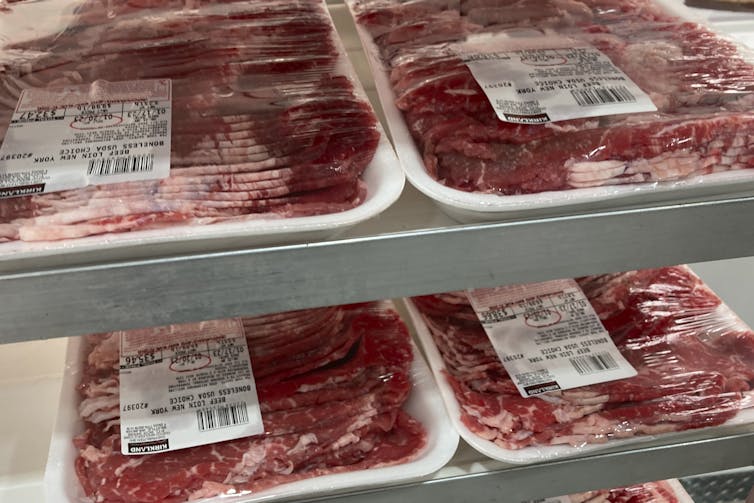
Risks of slowing down
While that may suggest it’s a no-brainer to put the rate hikes on hold, it’s not so simple.
Inflation has been a major problem plaguing the U.S. economy since 2021 as prices for homes, cars, food, energy and so much else jump for consumers. The last time consumer prices soared this much, in the early 1980s, the Fed had to raise rates so high that it sent the U.S. economy into recession – twice.
High inflation quickly cuts into how much stuff your money can buy. It also makes saving money more difficult because it eats at the value of your savings. When high inflation sticks around for a long time, it gets entrenched in expectations, making it very hard to control.
This is why the Fed jacked up rates so fast. And it’s unlikely it’s done enough to bring rates down to its 2% target, so a pause in lifting rates would mean inflation may stay higher for longer.
Moreover, stepping back from its one-year-old inflation campaign may send the wrong signal to investors. If central bankers show they are really concerned about a possible banking crisis, the market may think the Fed knows the financial system is in serious trouble and things are more dire than previously thought.
So what’s a Fed to do
At the very least, the complex global financial system is showing some cracks.
Three U.S. banks collapsed in a matter of days. Credit Suisse, a 166-year-old storied Swiss lender, was teetering on the edge until the government orchestrated a bargain sale to rival USB. A $30 billion rescue of regional U.S. lender First Republic was unable to arrest the drop in its shares. U.S. banks are requesting loans from the Fed like it’s 2008, when the financial system all but collapsed. And liquidity in the Treasury market – basically the blood that keeps financial markets pumping – is drying up.
Before Silicon Valley Bank’s collapse, interest rate futures were putting the odds of an increase in rates – either 0.25 or 0.5 percentage point – on March 22 at 100%. The odds of no increase at all have shot up to as high as 45% on March 15 before falling to 30% early on March 20, with the balance of probability on a 0.25 percentage point hike.
Increasing rates at a moment like this would mean putting more pressure on a structure that’s already under a lot of stress. And if things take a turn for the worse, the Fed would likely have to do a quick U-turn, which would seriously damage the Fed’s credibility and ability to do its job.
Fed officials are right to worry about fighting inflation, but they also don’t want to light the fuse of a financial crisis, which could send the U.S. into a recession. And I doubt it would be a mild one, like the kind economists have been worried the Fed’s inflation fight could cause. Recessions sparked by financial crises tend to be deep and long – putting many millions out of work.
What would normally be a routine Fed meeting is shaping up to be a high-wire balancing act.![]()
Alexander Kurov, Professor of Finance and Fred T. Tattersall Research Chair in Finance, West Virginia University
This article is republished from The Conversation under a Creative Commons license. Read the original article.

